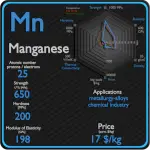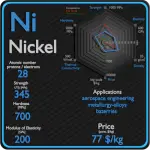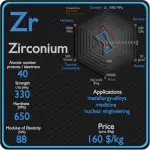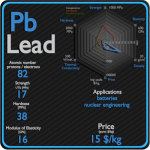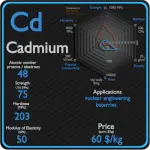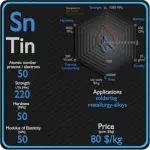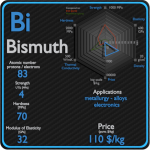This article contains comparison of key thermal and atomic properties of iron and lead, two comparable chemical elements from the periodic table. It also contains basic descriptions and applications of both elements. Iron vs Lead.
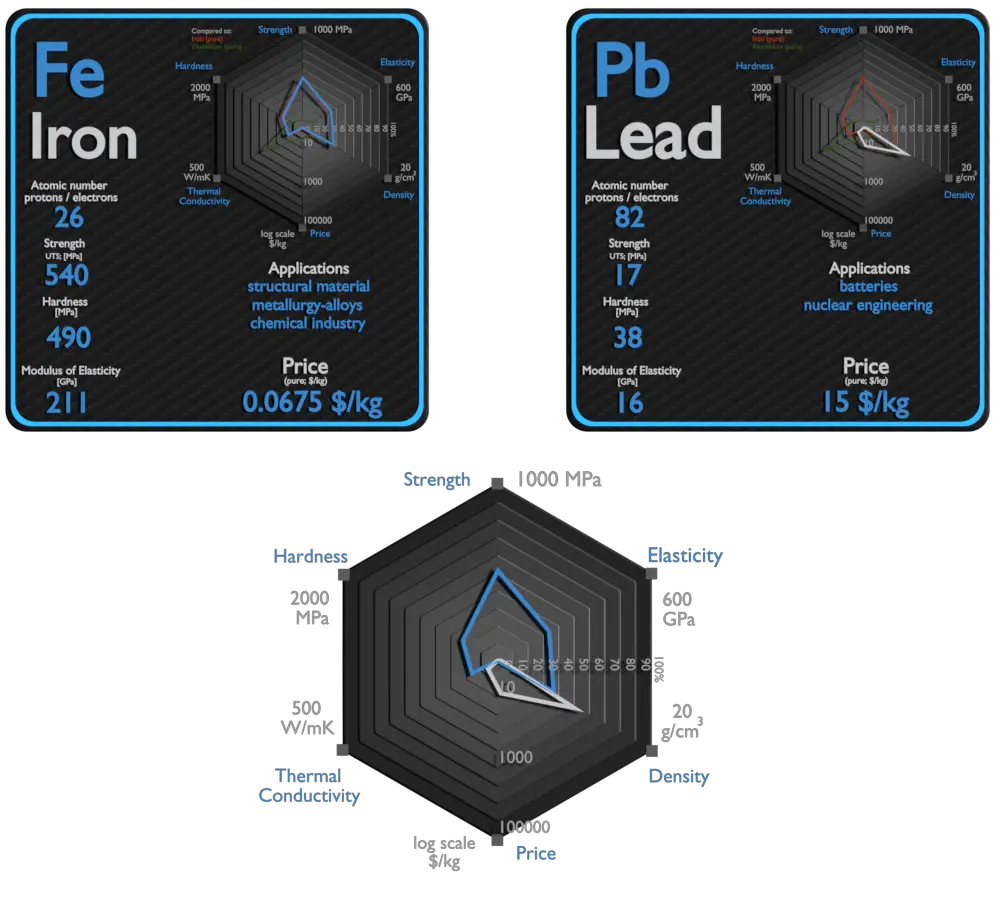
Iron and Lead – About Elements
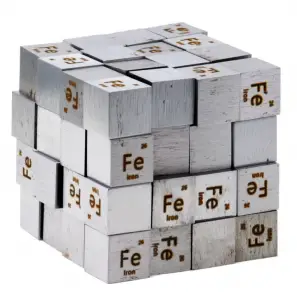
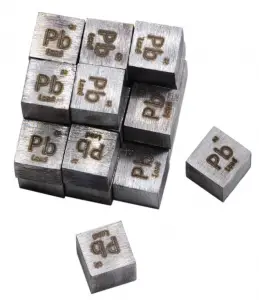
Source: www.luciteria.com
Iron and Lead – Applications
Iron
Iron is used in numerous sectors such as electronics, manufacturing, automotive, and construction and building. Iron is the most widely used of all the metals, accounting for over 90% of worldwide metal produc0tion. Its low cost and high strength often make it the material of choice material to withstand stress or transmit forces, such as the construction of machinery and machine tools, rails, automobiles, ship hulls, concrete reinforcing bars, and the load-carrying framework of buildings. Since pure iron is quite soft, it is most commonly combined with alloying elements to make steel. Steels are iron–carbon alloys that may contain appreciable concentrations of other alloying elements. Adding a small amount of non-metallic carbon to iron trades its great ductility for the greater strength. Due to its very-high strength, but still substantial toughness, and its ability to be greatly altered by heat treatment, steel is one of the most useful and common ferrous alloy in modern use. There are thousands of alloys that have different compositions and/or heat treatments. The mechanical properties are sensitive to the content of carbon, which is normally less than 1.0 wt%.
Lead
Lead metal has several useful mechanical properties, including high density, low melting point, ductility, and relative inertness. Lead is widely used for car batteries, pigments, ammunition, cable sheathing, weights for lifting, weight belts for diving, lead crystal glass, radiation protection and in some solders. The largest use of lead in the early 21st century is in lead–acid batteries. The lead in batteries undergoes no direct contact with humans, so there are fewer toxicity concerns. Lead is used in high voltage power cables as sheathing material to prevent water diffusion into insulation; this use is decreasing as lead is being phased out. A lead is widely used as a gamma shield. Major advantage of lead shield is in its compactness due to its higher density. On the other hand depleted uranium is much more effective due to its higher Z. Depleted uranium is used for shielding in portable gamma ray sources.
Iron and Lead – Comparison in Table
| Element | Iron | Lead |
| Density | 7.874 g/cm3 | 11.34 g/cm3 |
| Ultimate Tensile Strength | 540 MPa | 17 MPa |
| Yield Strength | 50 MPa | 5.5 MPa |
| Young’s Modulus of Elasticity | 211 GPa | 16 GPa |
| Mohs Scale | 4.5 | 1.5 |
| Brinell Hardness | 490 MPa | 38 MPa |
| Vickers Hardness | 608 MPa | N/A |
| Melting Point | 1538 °C | 327.5 °C |
| Boiling Point | 2861 °C | 1740 °C |
| Thermal Conductivity | 80.2 W/mK | 35 W/mK |
| Thermal Expansion Coefficient | 11.8 µm/mK | 28.9 µm/mK |
| Specific Heat | 0.44 J/g K | 0.13 J/g K |
| Heat of Fusion | 13.8 kJ/mol | 4.799 kJ/mol |
| Heat of Vaporization | 349.6 kJ/mol | 177.7 kJ/mol |









